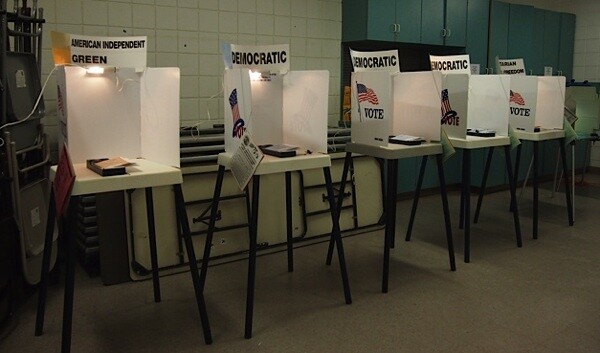The Lessons of the June 5, 2012 Primary Election

Last week Californians voted in primary elections for the president, federal and state representatives, judges, and proposed ballot initiatives. Actually, let me rephrase that: Last week a small percentage of eligible voters in California weighed in on various ballot questions. About one-in-four people who could vote, did vote, which may, in fact, be the lowest in recent history for a presidential primary.
Californians, or the few of us who mailed in ballots and went to the polls, were faced with two proposed ballot initiatives. First up, Proposition 28, the successful proposal to tinker with the state's term limit laws. Now, instead of being able to serve 6 years in the state assembly and 8 years in the state senate, for a total of 14 years of service, our state lawmakers can serve for a total of 12 years in either or both houses.
Does that sound like a relatively minor change? Well, it is. It will be hard to determine whether voters approved of Prop 28 because they thought they were shortening the amount of time lawmakers could serve as state representatives, or because they thought they were giving lawmakers more flexibility. In any event, this is not the type of large-scale reform that California needs.
While we may not know why voters approved of Prop 28, we do know that it faced little opposition. Few ads were taken out to opposed it. Negative advertising matters, particularly with respect to ballot initiatives.
That brings us to Proposition 29, which may be this cycle's poster child for showing why negative advertising matters. Prop 29 looks likely to fail. That proposal would have imposed a $1-a-pack tax on cigarettes and used the revenues for cancer research. There was a great deal of advertising against Prop 29. Unsurprisingly, tobacco companies were willing to shell out great sums to defeat the measure.
So what are the lessons from primary election day? First, few of us vote, despite new "good government" reforms such as open primaries and redistricting. Second, negative advertising regarding ballot initiatives is likely quite effective.
Jessica Levinson writes about the intersection of law and government every Monday. She is a Visiting Professor at Loyola Law School. Read more of her posts here.


